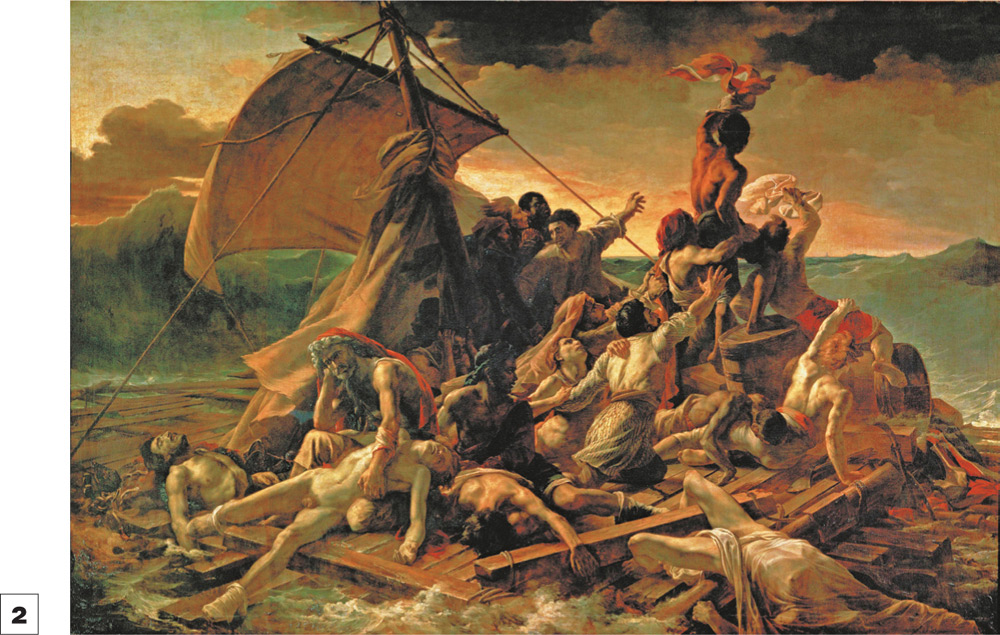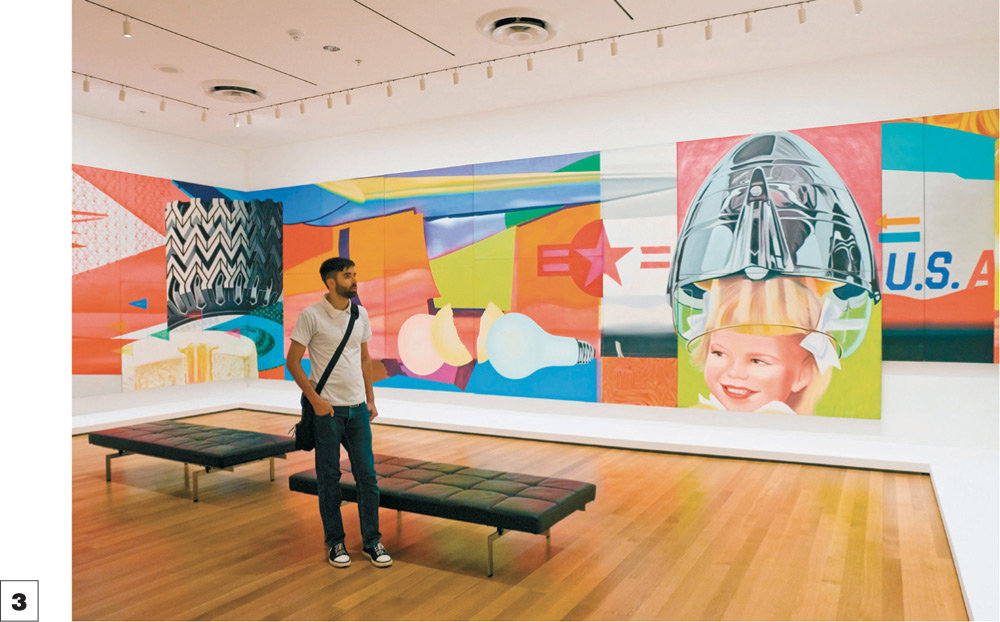 Françesco Goya (1746–1828)
Françesco Goya (1746–1828)Esto es peor, Plate 37, The Disasters of War series, 1810–20, Etching, 9 3/4 × 13 3/8 in (24.8 × 34 cm)
ART CAN SOMETIMES ADVOCATE, TAKE A POSITION, OR PERSUADE
From time to time, artworks have taken on a powerful voice in public debate. However, since political crises tend to be a product of a particular time and place, they rarely make lasting subject matter for painting or sculpture. Here are a number of potent polemical images that have stood the test of time.
The Disasters of War, 1810–20. Françesco Goya (1746–1828). A suite of etchings that makes a ferocious attack on the brutality and debasement that war inevitably generates. The images use a deadpan descriptive style and bitingly sarcastic titles to bring the events depicted uncomfortably close to the viewer.
The Raft of the Medusa, 1868–9. Théodore Géricault (1791–1824). The artist used all the new weapons of romantic painting to make a potent political image: energetic paint handling, enormous scale, active figures in unusual and somewhat contorted poses, along with dramatic elements such as corpses and wounded flesh.
Execution of the Emperor Maximilian, 1867–9. Édouard Manet (1832–83). Manet used flattened space and graphic strength to convey the machinelike brutality of the execution. Maximilian was placed on the Mexican throne by Napoleon III after French troops intervened in Mexican politics in the 1860s. Opposed by local forces, his regime eventually collapsed and he was caught and shot. The Mexican firing squad wears European-style uniforms, giving a deliberately generic quality to the action.
Guernica, 1939. Pablo Picasso (1881–1973). Picasso uses a highly personal vocabulary of images developed through his cubist adventures and subsequent involvement with more classical imagery. The elements stand in a shallow space arranged so that their powerful graphic shapes have maximum dramatic effect. The painting is an outraged response to the bombing of the town of Guernica in northern Spain by right-wing forces armed by Germany.
F-111, 1964. James Rosenquist (1933–). Executed in the style of billboard painting at the height of the Vietnam War, the 86-foot (26.2 m)–long picture depicts an F-111 fighter-bomber juxtaposed with images of consumerism.
 Françesco Goya (1746–1828)
Françesco Goya (1746–1828)
Esto es peor, Plate 37, The Disasters of War series, 1810–20, Etching, 9 3/4 × 13 3/8 in (24.8 × 34 cm)
The title means “This is worse.” A mutilated corpse is left speared to a bush as a warning to others. Reprisals and killings of civilians were a feature of the Peninsular Wars.
 Théodore Géricault (1791–1824)
Théodore Géricault (1791–1824)
The Raft of the Medusa, 1818–19, Oil on canvas, 16 ft 1 in × 23 ft 7 in (4.9 × 7.2 m)
The painting reflected public anger at the officers of a French naval ship who abandoned their cargo of passengers to a makeshift raft while seizing the lifeboats for themselves.

 James Rosenquist (1933–)
James Rosenquist (1933–)
F-111, 1964–5, Oil on canvas with aluminum, 23 sections, 10 × 86 ft (3 × 26.2 m)
The painting points out the complicity between middle-class consumerism and the U.S. war machine.
